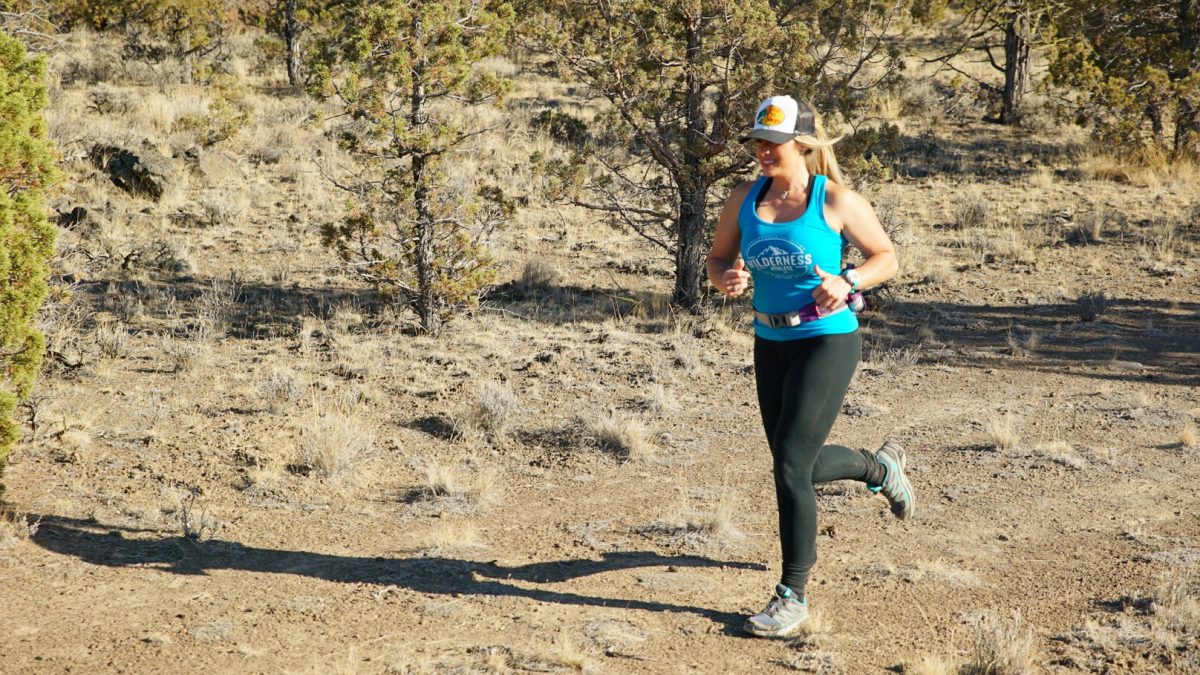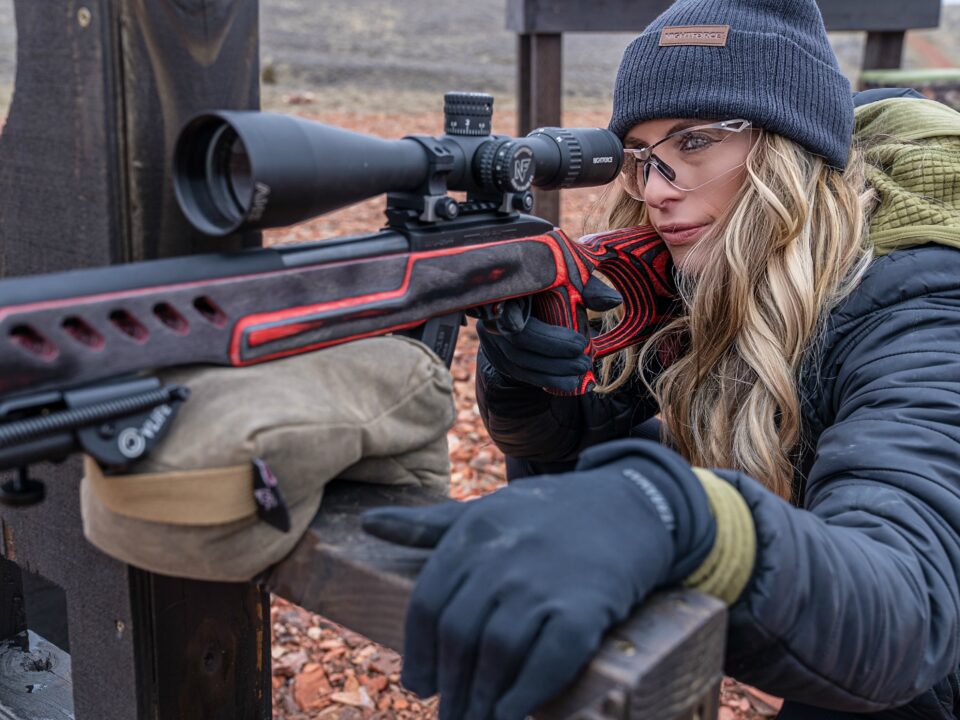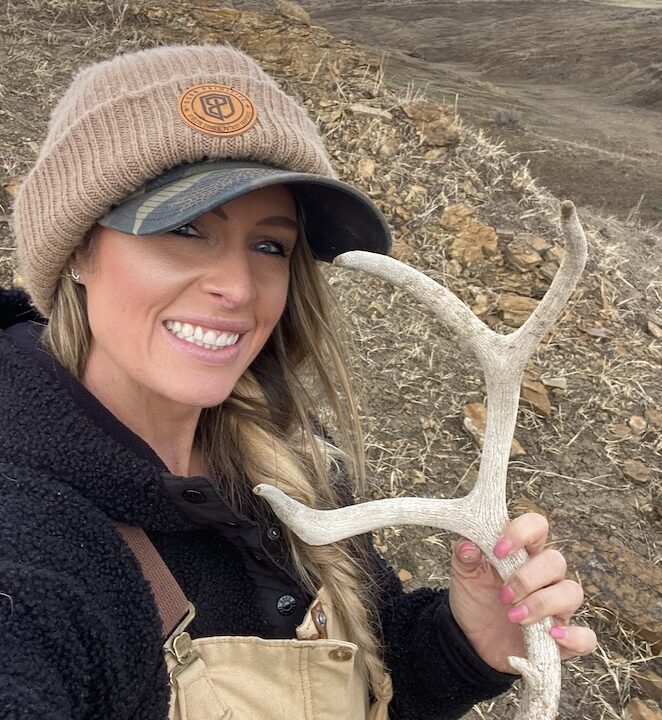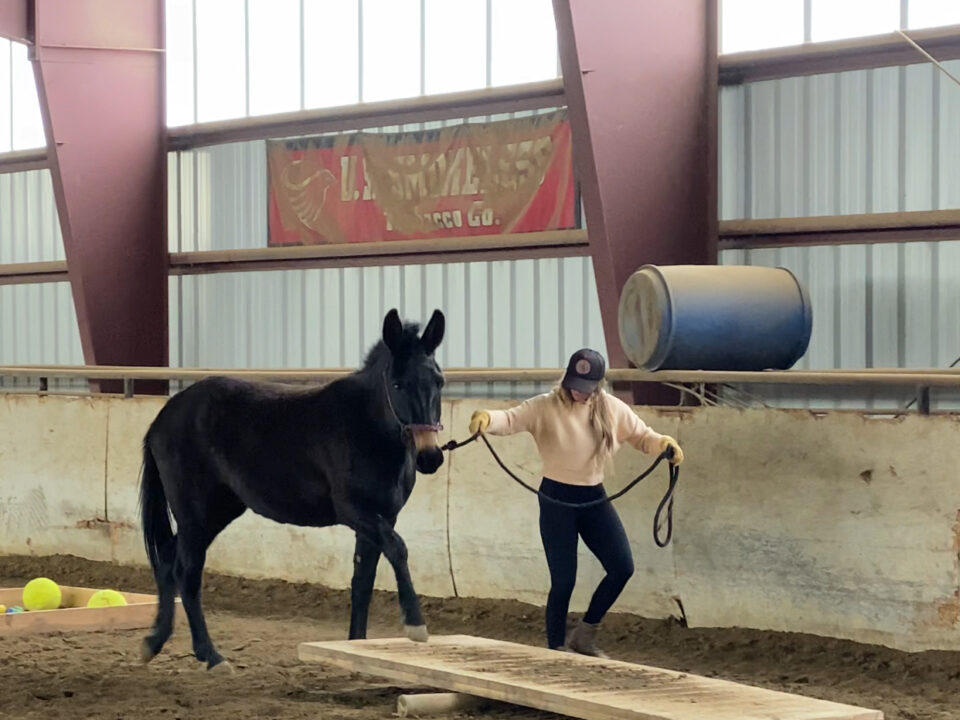Preparing Your Body & Mind From The Inside Out For Hunting Season
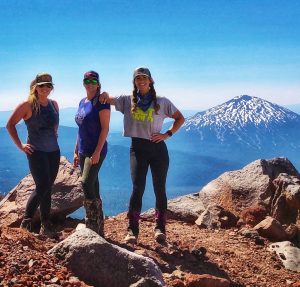
What we do during the warm summertime months leading into the fall hunting season will build our foundation of physical and mental strength for our fall big game mountain hunts. In order to grow muscle while losing body fat, we have to fuel and train our body in tandem.
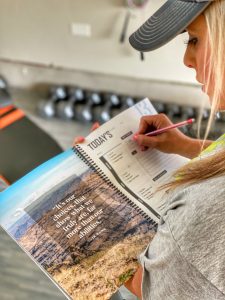 Starting with nutrition, the amount of complete protein that each individual needs to intake is going to vary from person to person based on a myriad of variables such as age, lean body mass, and activity level. Ideally, enough complete protein is consumed to repair and rebuild tissue which allows muscular growth. The National Research Council RDA (Recommended Dietary Allowance) for maintenance under normal conditions has been established that adults should consume .8 grams of complete protein for every kg. of body weight per day. The general guideline that I typically recommend is 1 – 1.5 grams of complete protein for each pound of body weight per day.
Starting with nutrition, the amount of complete protein that each individual needs to intake is going to vary from person to person based on a myriad of variables such as age, lean body mass, and activity level. Ideally, enough complete protein is consumed to repair and rebuild tissue which allows muscular growth. The National Research Council RDA (Recommended Dietary Allowance) for maintenance under normal conditions has been established that adults should consume .8 grams of complete protein for every kg. of body weight per day. The general guideline that I typically recommend is 1 – 1.5 grams of complete protein for each pound of body weight per day.
Now that you have a baseline of your daily recommendation of complete protein consumption, I want you to think about your eating not as “per day” but instead as “per meal.” Balancing your nutrient ratios so that in each MEAL you are consuming the same amount of calories, complete protein, complex carbohydrates and fat.
Balancing each meal will promote stable blood sugar, giving you more energy, quicker recovery times and allow your body to use stored fat as fuel more efficiently while allowing your muscle to rebuild. For the sake of this discussion, I feel it is important to explain why you need to consume complete protein at each meal.
In this example I am going to break down the job of carbohydrates and protein in our body to establish the WHY balance is important in each meal:
Carbohydrates:
Carbohydrates are the body’s most preferred fuel source. Roughly 50-60% of our diet should be derived from complex carbohydrates but there is a balance that must take place. Excessive carbohydrate intake at an individual meal or throughout the day may program the body to become really efficient at fat storage.
Conversely, if we restrict our carbohydrate consumption at any given meal or throughout the day, our body is going to create its own fuel by breaking down our hard-earned muscle into glucose. This is on top of the symptoms of hypoglycemia that we will encounter, headache, fatigue, sugar cravings, and hangryness (hungry-angry).
Losing muscle is not good for anyone. The less muscle we have, the weaker we are and the less efficient our body becomes at utilizing fat as fuel. Bottom line, each meal should contain complex carbohydrates but no more than 60% of your meal should be from carbs. Eat them to prevent muscle loss but don’t over-do it or you will gain body fat.
Protein:
Carbohydrates are not the only fuel that your body runs on. Up to 15% of the energy used by the muscles during extended vigorous exercise comes from amino acids Leucine, Isoleucine, Valine and Glutamine. In addition to the added energy benefits of those animal derived amino acids, protein helps you burn more body fat.
Yes, you heard me right. When you consume complete protein, you trigger a response called hormone sensitive lipase which triggers your body to release fat from storage. Guess what? With that fat released from storage, your body can now more efficiently use that as a fuel source during exercise.
In conclusion, don’t eat without meat. It is going to aid in the repair, rebuild and recovery of your entire body, release fat from storage, and give your body energy.
Protein powders and shakes are a great way incorporate a protein packed meal on the go. Try putting a few (few is a literal term here) mixed nuts into your shake with a frozen banana and call it good. If you experience gastrointestinal disturbances from lactose-based protein powders, or if you are lactose intolerant, try Wilderness Athlete Paleoish beef-based protein powder.
Wilderness Athlete Brute Strength is designed as a post-workout recovery meal substitute that floods your body with 20 grams of complete protein, creatine, and BCAA’s that all aid in muscle repair and growth.
Your life does not have to revolve around eating and meal planning, however, you must be mindful of what, when and how much you are eating. Try to focus on eating three main meals each day plus two smaller snacks. Two of those meals should contain fruit and two vegetables. If you have a difficult time getting in your fruits and vegetables, add a scoop of Wilderness Athlete Green Infusion into your protein shake. Each scoop contains five servings of fruits and vegetables plus gut happy probiotocs and the new flavors chocolate mint and strawberry acai passion fruit are delicious.
Motivation is the key to giving 100% in your workouts which is why many serious fitness enthusiasts subscribe to taking pre-workout and post-workout supplements. You get the benefits of a turbocharged workout that is self-controlled by how much and what kind of pre-workout you take.
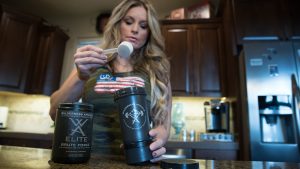 Wilderness Athlete Brute Force, pre-workout, contains 3,000MG of L-Arginine which is the nutrient that gives the muscle pump that we all love seeing and feeling during a lifting session. L-Arginine helps increase blood flow into working muscles. It has also been shown to improve athletic performance and prevent inflammation while helping in the release of growth hormone and insulin into the body. It also contains 100MG of Rhodiola Root Extract which is an herb that is known to give energy; perhaps just the boost you need prior to your next workout. It is also known to improve athletic performance and shorten recovery times.
Wilderness Athlete Brute Force, pre-workout, contains 3,000MG of L-Arginine which is the nutrient that gives the muscle pump that we all love seeing and feeling during a lifting session. L-Arginine helps increase blood flow into working muscles. It has also been shown to improve athletic performance and prevent inflammation while helping in the release of growth hormone and insulin into the body. It also contains 100MG of Rhodiola Root Extract which is an herb that is known to give energy; perhaps just the boost you need prior to your next workout. It is also known to improve athletic performance and shorten recovery times.
Effective training for endurance, stamina, strength and mental fortitude can be accomplished without the need for a gym membership. All that you need is dedication, a positive attitude, a few pieces of equipment and your hunting gear.
Equipment List-
Sandbag or Weight-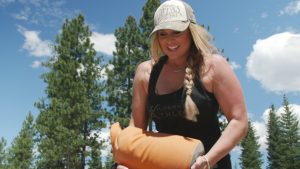
The sandbag weight should vary from 40-60 pounds depending on your currently level of fitness. You do not have to spend a bunch of money to create a sandbag. Grab your shovel and a garbage bag, an old feed bag and your bathroom scale, place the garbage bag inside of the feed bag and fill it with the appropriate poundage of dirt. Grab some duct tape and seal it up. Easy day.
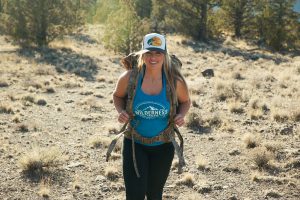 Backpack-
Backpack-
Use a pack that offers you ample support. The Kifaru Cargo Net weighs only one pound is a great option to use as a ruck if you already have a Kifaru pack frame. Your sandbag can easily be attached without adding weight or bulk to your haul. Or, you can simply use the pack that you intend to hunt with.
GPS Watch-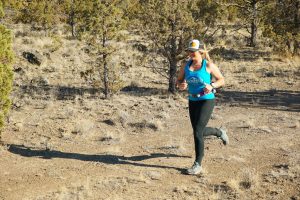
Making the investment in a GPS watch like the Garmin Forerunner will cost you less than $100.00 and afford you the ability to track your pace, miles ran and keep record of your workouts that can be downloaded to your computer.
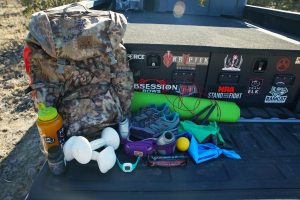 Dumbbells-
Dumbbells-
You will need some basic dumbbells to add weight to intensify the workout. Check your local garage sales, Craigslist or a used fitness equipment retailer for good deals on bulk weights. Typically, you can find used equipment for $.50 cents to $1.00 per pound.
Training-
The goal with this training protocol is to prepare your body and mind for the fall hunting season. Most western big game hunts are a minimum of 5 days in duration or longer. In order to make each day on the mountain more enjoyable, now is the time to build your muscular strength and endurance. If a 5-day protocol is too much for your current level of fitness, scale it back to 3. Give that a couple weeks, then increase your training to 4 days a week. Make progressive changes so that you are comfortably able to train/ruck 5 consecutive days in a row in realistic conditions using realistic gear. Incorporate the use of your hunting boots and any other equipment that will help to prepare your body for the season.
Our body can only get stronger when we over-load our muscles beyond what they are accustomed to. This can be accomplished in several ways;
- Number of Repetitions in an Exercise
- Number of Sets in an Exercise
- Increased Intensity with Active Resting Periods
- Increased Weight
Make sure that you are lifting and appropriate weight that you can safely achieve a complete range of motion while your muscles are in a fully contracted state throughout the concentric and eccentric range of motion. This will accelerate muscle strength more efficiently while reducing the occurrence of injury. It’s okay to get out of your comfort zone but use caution not to injure yourself. Be sure to listen to your body. Take a rest day if you need it and do not over-do it.
If you are an archer, grab your bow and include some shooting stations while on your ruck as outlined below. Set up a few targets at varying distance and shoot while under physical distress.
5 Day Training Protocol-
Monday-
Dynamic Warm Up- 4 Rounds
30 Total Arm Circles- 15 each direction
30 Alternate Toe Touches
30 Knees To Chest
30 Butt Kicks
30 High Palm Kicks
Workout: 8 Rounds-
30 Walking Lunges- No weight or add dumbbell weights to desired level of difficulty.
10- Push Ups
10- Bent Over Rows- Use dumbbell weight that reflect current level of fitness
25- Sit Ups
Ruck or Run-
2-4 Miles- Scale to your current level of fitness. The goal is 4 miles in 75 minutes or less. Add weight to your ruck or use a weighted vest as your level of fitness progresses.
Static Stretching/Cool Down-
10 Minutes in Duration
Triceps Stretch
Quadriceps Stretch
Hamstring Stretch
Tuesday-
Dynamic Warm Up-4 Rounds
30 Total Arm Circles- 15 each direction
30 Alternate Toe Touches
30 Knees To Chest
30 Butt Kicks
30 High Palm Kicks
Workout: 8 Rounds-
10- Dumbbell Bench Press
10- Russian Twists with Sandbag or ruck sack
30 Second Plank
10 Burpees
30 Seconds Flutter Kicks
Ruck or Run-
3-6 Miles. Scale to your current level of fitness. Add weight to your ruck or use a weighted vest as your level of fitness progresses. This run should be at least one mile longer in duration than the previous workout.
Static Stretching/Cool Down–
10 Minutes in Duration
Triceps Stretch
Quadriceps Stretch
Hamstring Stretch
Wednesday-
Dynamic Warm Up- 4 Rounds
30 Total Arm Circles- 15 each direction
30 Alternate Toe Touches
30 Knees To Chest
30 Butt Kicks
30 High Palm Kicks
Ruck or Run-
4-8 Miles- Scale to your current level of fitness. Add weight to your ruck or use a weighted vest as your level of fitness progresses. This run should be at least one mile longer in duration than the previous workout. Complete the first half of the ruck with your sandbag, then remove your sandbag for the second half.
Static Stretching/Cool Down-
10 Minutes in Duration
Triceps Stretch
Quadriceps Stretch
Hamstring Stretch
Thursday-
Rest
Friday-
Dynamic Warm Up- 4 Rounds
30 Total Arm Circles- 15 each direction
30 Alternate Toe Touches
30 Knees To Chest
30 Butt Kicks
30 High Palm Kicks
Workout: 45 Minutes- As Many Rounds As Possible
200 Meter Walk/Run with Ruck
15 Push Ups
15 Sit Ups
Static Stretching/Cool Down-
10 Minutes in Duration
Triceps Stretch
Quadriceps Stretch
Hamstring Stretch
Saturday-
Dynamic Warm Up- 4 Rounds
30 Total Arm Circles- 15 each direction
30 Alternate Toe Touches
30 Knees To Chest
30 Butt Kicks
30 High Palm Kicks
Workout: 5 Rounds-
12 Ruck Sack Front Squats
20- Weighted Sit Ups
10 Burpees
10 Mountain Climbers
Ruck or Run-
2-4 Miles- Scale to your current level of fitness. The goal is 4 miles in 75 minutes or less. Add weight to your ruck or use a weighted vest as your level of fitness progresses.
Static Stretching/Cool Down-
10 Minutes in Duration
Triceps Stretch
Quadriceps Stretch
Hamstring Stretch
Sunday-
Rest
Scale your workouts as needed based on your current level of fitness. Consistency is key. Don’t be afraid to alter or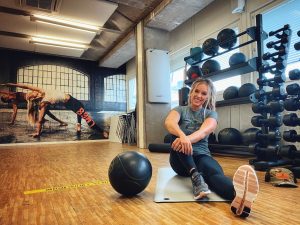 substitute movements or cardiovascular training with what you enjoy doing. If you don’t like to ruck or run and you love to ride a bike, then do that instead. Just find movements that you can commit to and do them. Also, start a journal that will allow you to document your meal intake and exercise progress. Note how you feel after eating specific meals and also how you feel following your workouts. After you journal for a while, you will be able to see trends that will help you decide what foods make you feel and perform your best.
substitute movements or cardiovascular training with what you enjoy doing. If you don’t like to ruck or run and you love to ride a bike, then do that instead. Just find movements that you can commit to and do them. Also, start a journal that will allow you to document your meal intake and exercise progress. Note how you feel after eating specific meals and also how you feel following your workouts. After you journal for a while, you will be able to see trends that will help you decide what foods make you feel and perform your best.
See you on the mountain.
KT

